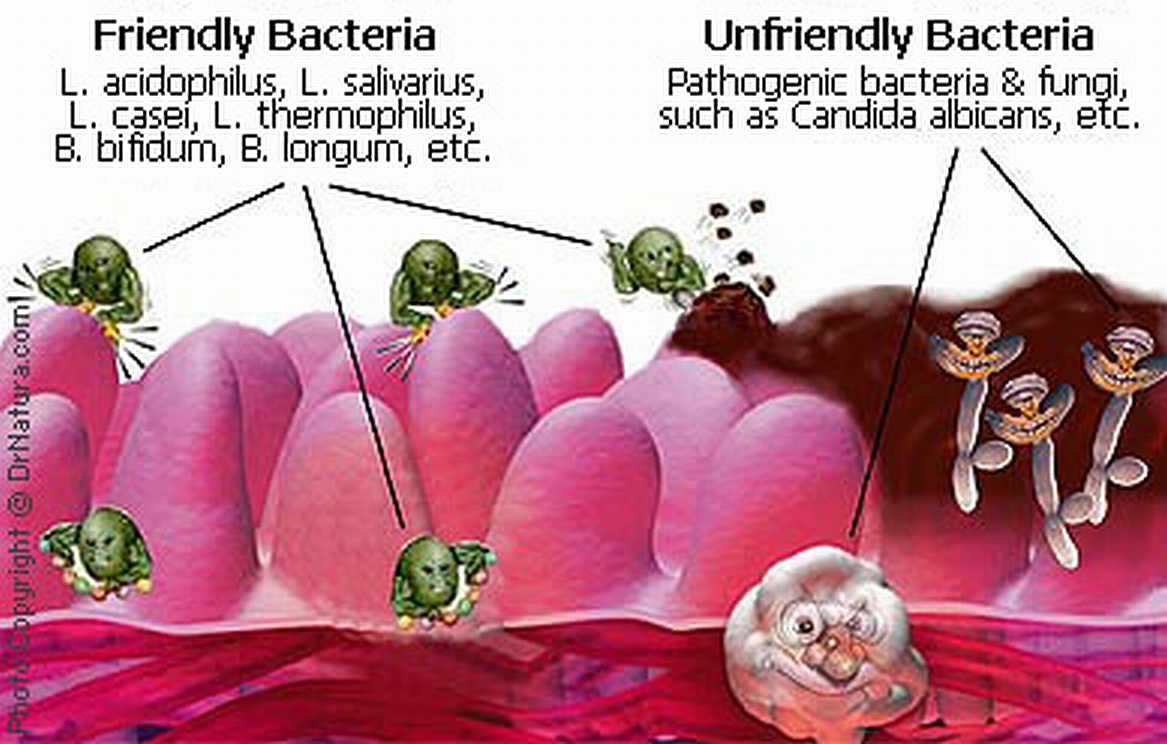
There are two forms of macular degeneration; wet and dry. The wet form is defined by the presence of abnormal blood vessels developing within the layers of the retina. These vessels, called choroidal neovascularization, leak, bleed and cause damage to the retina. While there is no treatment for the dry form, the accepted treatment for wet macular degeneration is intraocular injections of anti-VEGF medications.
What is VEGF? Vascular Endothelial Growth Factor (VEGF) is a protein that is liberated by cells in the retina. The growth factor induces new blood vessels to form and also keeps them “alive.” Without the growth factor, no new vessels can grow and existing clusters of abnormal vessels shrink up and disappear.
anti-VEGF medications are antibodies, or antibody-like molecules, designed to bind to VEGF molecules and prevent VEGF from doing its job. In the case of ARMD, the VEGF is taken out of circulation and none is available to promote growth of the neovascular blood vessels.
Macugen® (pegaptanib) was the first anti-VEGF medication be used for intraocular injections. It was FDA approved for ophthalmic use in 2004. It was the first treatment where patients actually regained vision! The injections are given as a series; back then, it was suggested as often as every month for at least one year.
Lucentis® (ranibizumab) was FDA approved for the treatment of wet macular degeneration in 2006. It, too, prevents the VEGF molecules from binding to or “plugging in” to its receptors. It is directed against several forms of VEGF.
Avastin® (bevacizumab) is a chemotherapy drug used for certain types of kidney, lung, brain, breast and colon cancers. It is also an anti-VEGF agent and is very similar to Lucentis. It is, too, is made by Genentech/Roche.
Avastin, in some areas of the United States, has become the standard of care for the treatment of wet macular degeneration. While not FDA approved for the eye, most retina specialists choose to use this as an acceptable form of care. The results are comparable to those of Lucentis. Avastin, in quantities used for the eye, is much cheaper than Lucentis.
All of the injections are still given as a series. The most significant risks of the injections are blindness from infection (also called endophthalmitis) and retinal detachment. The chance of developing endophthalmitis is about the same as undergoing cataract surgery.
Anti-VEGF medications have become very useful as the visual results are usually quite gratifying. If caught in time, many patients have noted an improvement in their vision. This is a novel concept for an otherwise “blinding” disease.

Source by Randall Wong, M.D.
 Vitamin Agent The Health & Naturalistic Source
Vitamin Agent The Health & Naturalistic Source





